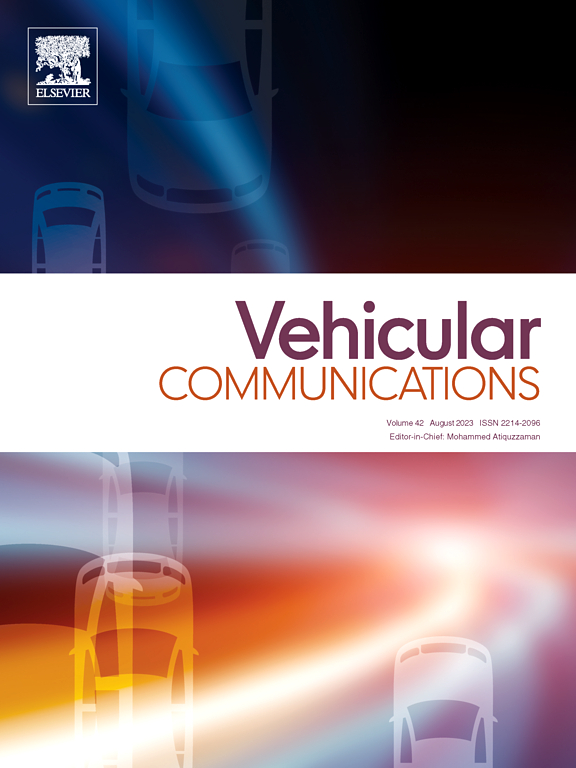Federated learning-based trajectory prediction for dynamic resource allocation in moving small cell networks
Abstract
With the evolution of fifth generation (5G) of mobile communication, vehicular edge computing (VEC) and moving small cell (MSC) network are gaining attention because of their capability to provide improved quality-of-service (QoS) to vehicular users. The ultimate goal of VEC-enabled MSC network is to diminish the vehicular penetration effect and path loss resulting in improved network performance for vehicular users. In this paper, we explore distributed resource block (RB) allocation for fronthaul links of MSCs with probabilistic mobility in VEC-enabled MSC network. The proposed work exploits the computational power of road side units (RSUs) deployed with VEC servers present along the road sides to allocate the resources to MSCs in a distributed manner by exchanging limited information, with the objective of maximizing the data rate achieved by MSC network. Moreover, we propose federated learning (FL)-based position prediction of MSCs to predict the trajectory of MSCs in advance for efficient prediction of resource allocation in MSC network. Simulations results are presented to compare the position prediction dependent distributed and centralized time interval dependent interference graph-based resource allocation to MSCs in terms of RB utilization and average achievable data rate of MSC network. For comparison, we further investigated centralized as well as distributed threshold time dependent interference graph-based allocation of resources to MSC network.

 求助内容:
求助内容: 应助结果提醒方式:
应助结果提醒方式:


